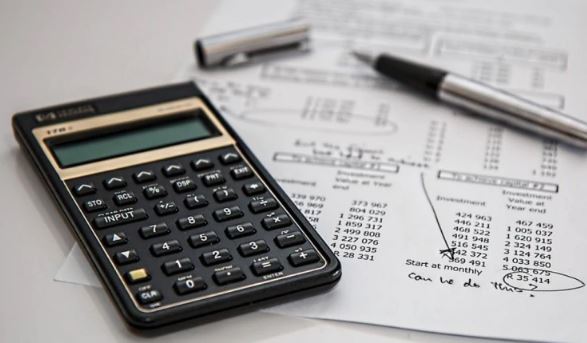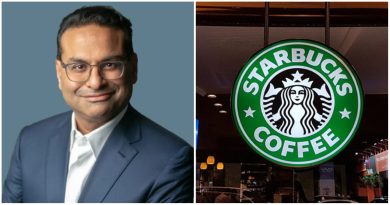Switching to new income tax regime? Don’t forget these 2 key tips
With experts saying that the new tax regime has both positives and negatives, here are two key tips for people who are planning a switch to the new taxation structure.
The finance ministry expects at least 70 per cent of Indian taxpayers to move to the new income tax regime as it offers lower upfront tax slabs in lieu of 70 odd exemptions.
There are seven lower tax slabs (nil, 5 per cent, 10 per cent, 15 per cent, 20 per cent, 25 per cent, 30 per cent) under the new tax regime introduced by Finance Minister Nirmala Sitharaman in the budget.
But anyone opting to move to the new tax exemptions will have to forego all common exemptions and deductions offered under Income Tax rules.
Tax experts say the new regime offers more flexibility to taxpayers, who earlier had no option but to get taxed in the old system despite having low investments. However, they also say that it will lead to a fall in long-term investments.
Here are two key tips people switching to the new income tax regime should follow:
Don’t discount your future
Even if individuals decide to switch to the new income tax regime, experts advise them not to stop investing in key long-term investment schemes. This is because investing in long-term schemes like Public Provident Fund (PPF) and National Pension Scheme (NPS) will ultimately ensure that you get lump-sum tax-free savings as payout in the future.
Also, long-term schemes like PPF and NPS offer a low rate of interest and experts say taxpayers should continue investing in such schemes to secure their future.
Abhishek Soni, CEO of Tax2win, a tax consultancy firm said, “In Budget 2020, new optional tax regime was proposed with reduced income tax rates but without allowing certain exemptions and deductions. Investment in specified tax-saving investment avenues like PPF, NPS, NSC, Sukanya Samriddhi Scheme, etc is not allowed as tax-saving instruments under new tax regime.”
“But certain investments not only help in tax saving but their return and redemption are also tax-free, like in the case of PPF. Contribution in PPF is an allowable deduction and its interest accrual and redemption are also tax-free. Investing in Sukanya Samriddhi Scheme not only provides tax benefits but helps you save for the education and marriage of your daughter. Similarly, investment in NPS allows deduction u/s 80C / 80CCD and redemption is also exempt up to a certain extent. NPS also becomes your monthly source of income after retirement,” Soni added.
Therefore, such schemes have greater potential than just being a tax-saving tool. Investing in such schemes keeps you financially secure for the future, especially during the post-retirement years.
Soni explained that these long-term investments are savings that will help individuals during any unexpected medical emergency or for the education of kids. The savings could also come in handy for individuals planning to buy their dream home.
“Do not invest only on the basis of more tax-saving efficient avenue but do an overall analysis of its benefits, conditions, tax benefits, etc,” Soni added.
Switch smartly
The good part about the new income tax regime is that it allows individual taxpayers with zero business income to switch from one regime to the other every year. Tax experts expect this to help many people as it will help them to switch tax slabs annually as per their investments.
“Even though the new tax regime forgoes certain exemptions/deductions, taxpayers should not stop investing. Every year, salaried taxpayers can compare and analyse both options and opt for the one which is more beneficial to them,” Soni said.
So if an individual has investments to lower tax outgo in a year, he/she should opt for the old system. Likewise, if they have lower investments, opting for the new income tax structure will be more beneficial.
“Comparing both options is effective only when you make the investments. The reason to continue investing is that it may become your tax-saving tool in the coming years when you opt for an old tax regime after comparing both options,” he added.




